Running a heating oil delivery business can be a lot of fun and very profitable if done right. In this post we’ll walk through some of the best practices that successful heating oil dealers are using to grow their business.
1 – Invest in a Website with Online Ordering
One of the common themes throughout this post will be making it as easy as possible to do business with your company. This means removing friction anywhere in the buying process: all the way from when the customer checks price, up until the customer pays for the delivery.
If a customer has to call your company to check your daily price, this creates friction. It is not only extra work for the customer, but also the office staff. If a customer has to email an order in, or speak with someone in the office, it creates friction.
A good website should include an online ordering tool that is super easy to use. Prices should update automatically from your back-office software. And new orders should show up in a queue, ready to be delivered. The website should be linked to your credit card gateway so you are paid as soon as the order is placed. And finally, refunds should be automatically applied to the customer’s credit card when the order is finalized.
Throughout the whole order process the system should send customer updates. For instance, when the order is received, a confirmation email should be sent. When the order is scheduled, another notification is sent. And finally, when the delivery has been mode, a receipt with the final amount should automatically be emailed to the customer.
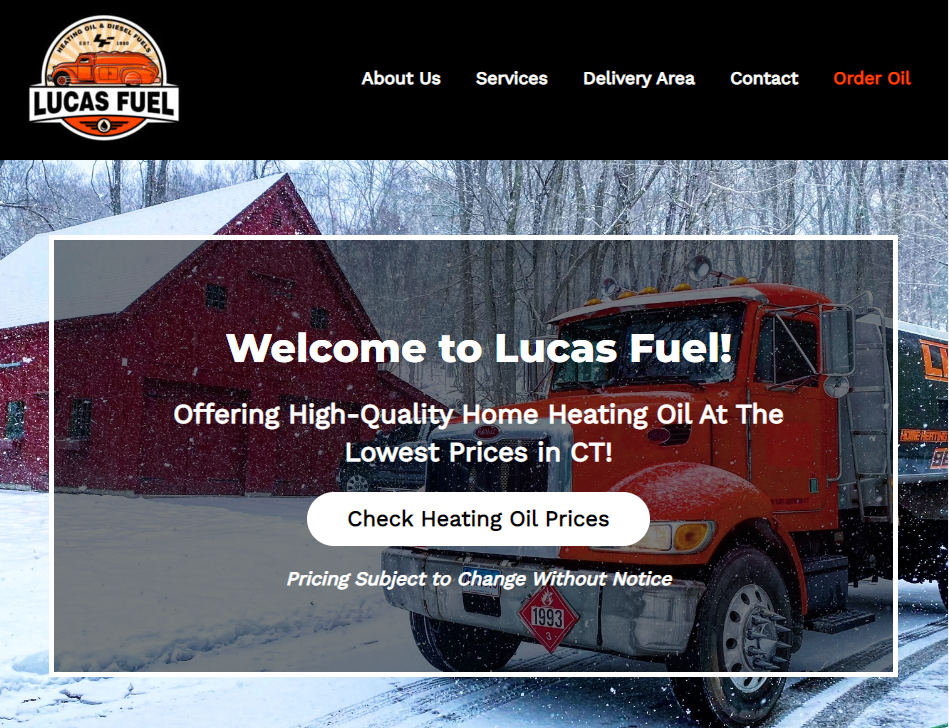
2 – Set Up a Google My Business Profile – And Keep it Updated
Reviews, reviews, reviews. If a customer is looking at ordering from you for the first time, you’ll want to have a solid web presence. In order to generate reviews, you should register your business with Google. Google will send you a physical piece of mail to confirm you are a real company, and then you will be all set.
Once you’ve got your Google My Business (GMB) profile set up, populate it with your logo, pictures, and updates. Modify your email signature to ask for reviews whenever you correspond with customers.
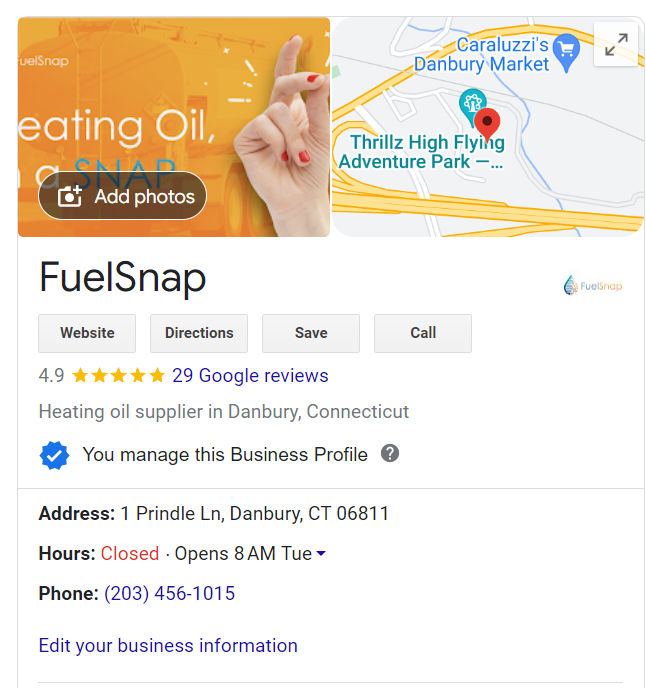
3 – Keep Customers Informed
Especially during the winter months, it is totally fine to ping your customers on a regular basis. Post a daily price update on Facebook. Send out a weekly price update – and don’t be shy about it. Most customers do not think about heating oil every day like you do. A weekly price update, however, will keep you top of mind and remind folks to check their tanks.
After you post your daily price to Facebook, it’s a good idea to update your GMB profile as well. This makes your company take up much more real estate on the Google search page.
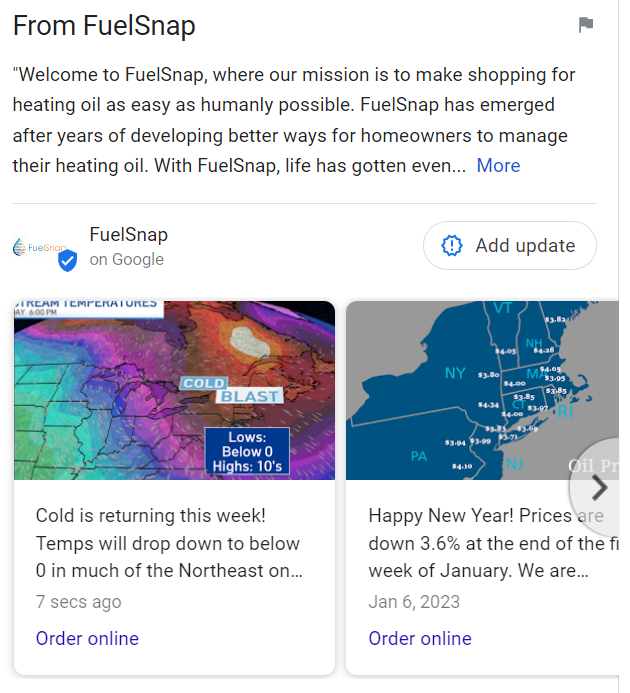
4 – Offer Special Pricing and Discount Codes
Everyone loves a deal. With modern back-office software, it’s super easy to set up a pricing model for senior citizens, military, friends & family, etc. You may also choose to run a promotion by offering a coupon code.
The most sophisticated oil dealers will look at how long it’s been since someone has placed an order. If it has been more than a month or so, they may send a coupon code to encourage that customer to return.
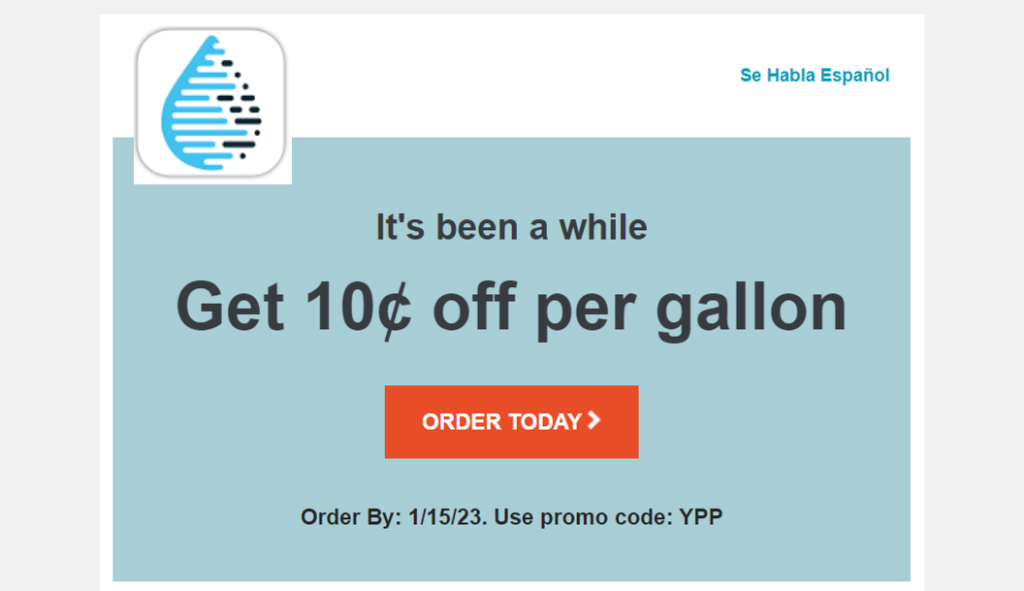
5 – Invest in Modern Delivery Software
So many oil dealers are unable to focus on growth because they spend too much time running the day-to-day business. Things like hand-writing tickets, mapping out delivery routes by hand, and manually reconciling credit cards are incredibly time-consuming.
Invest in a back-office software that makes everything easier for you and your staff. A good back-office software should be cloud-based, meaning you can access your customer database from any device. It should also tie directly into your website so online orders are handled separately. And it should facilitate quick and easy routing by plotting all your orders onto a map.
Customers should be able to log into your site and place an order that pops right into your back-office software, ready to be delivered. Your software should handle your automatic delivery accounts by using a degree days algorithm. It should also integrate with tank monitors to keep track of the hard-to-predict automatic delivery accounts.
Your software should be compatible with a printer of your choice, so nobody is hand-writing tickets in the office.
And if you have electronic meters on the truck, then you should be able to fully print your tickets right in the truck using a driver delivery app.
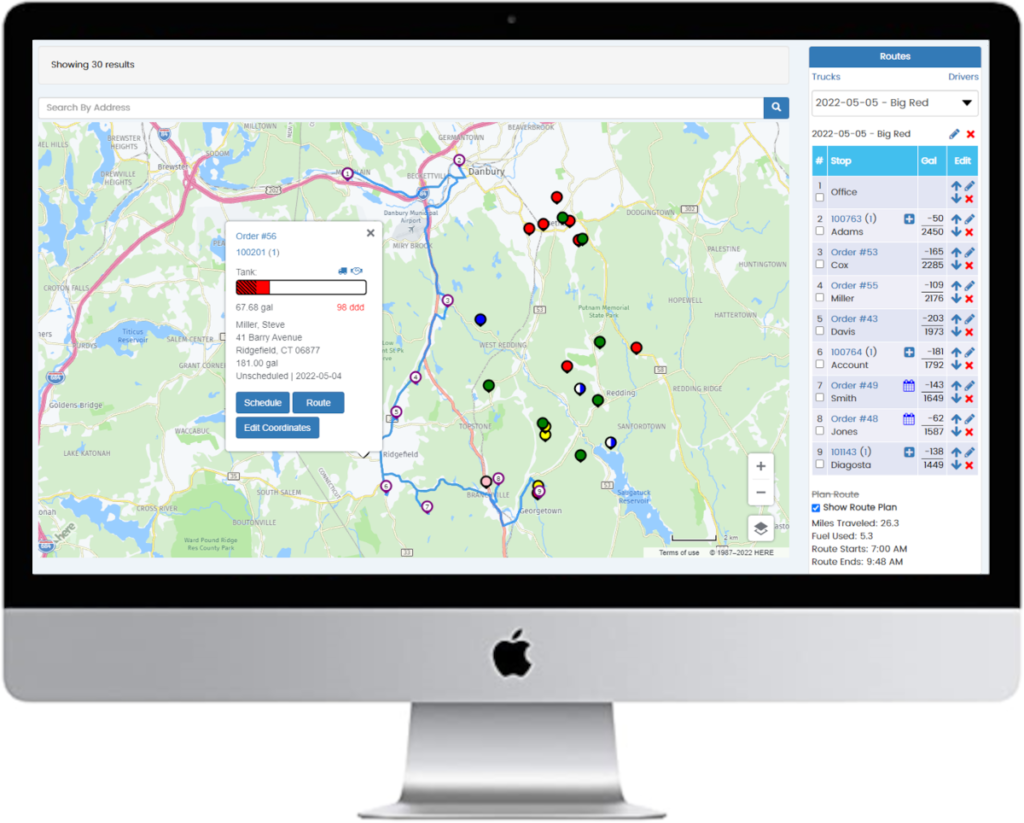
How To Get Started
In years past, these recommendations would have all been considered “nice to have”, or out-of-reach for most oil providers. Even today, folks will pay $25K for a basic website with sub-par online ordering. Or worse, they will pay tens of thousands of dollars up front to switch to new back-office software.
Fortunately, you don’t need to break the bank anymore to streamline operations. Droplet Fuel offers all of the above, with unbelievably reasonable pricing. We build turn-key websites for our clients, and tie them into their back-office software so they can easily manage all their deliveries in one spot. We import their existing customer base from legacy software providers (e.g. Marketline/Total Energy or Quickbooks) so their operations continue seamlessly in the process.
If you’re interested in modernizing your operations with the best software on the market, please schedule a demo with Droplet Fuel. You will be blown away by how easy the software is to use, and how affordable it is as well.
